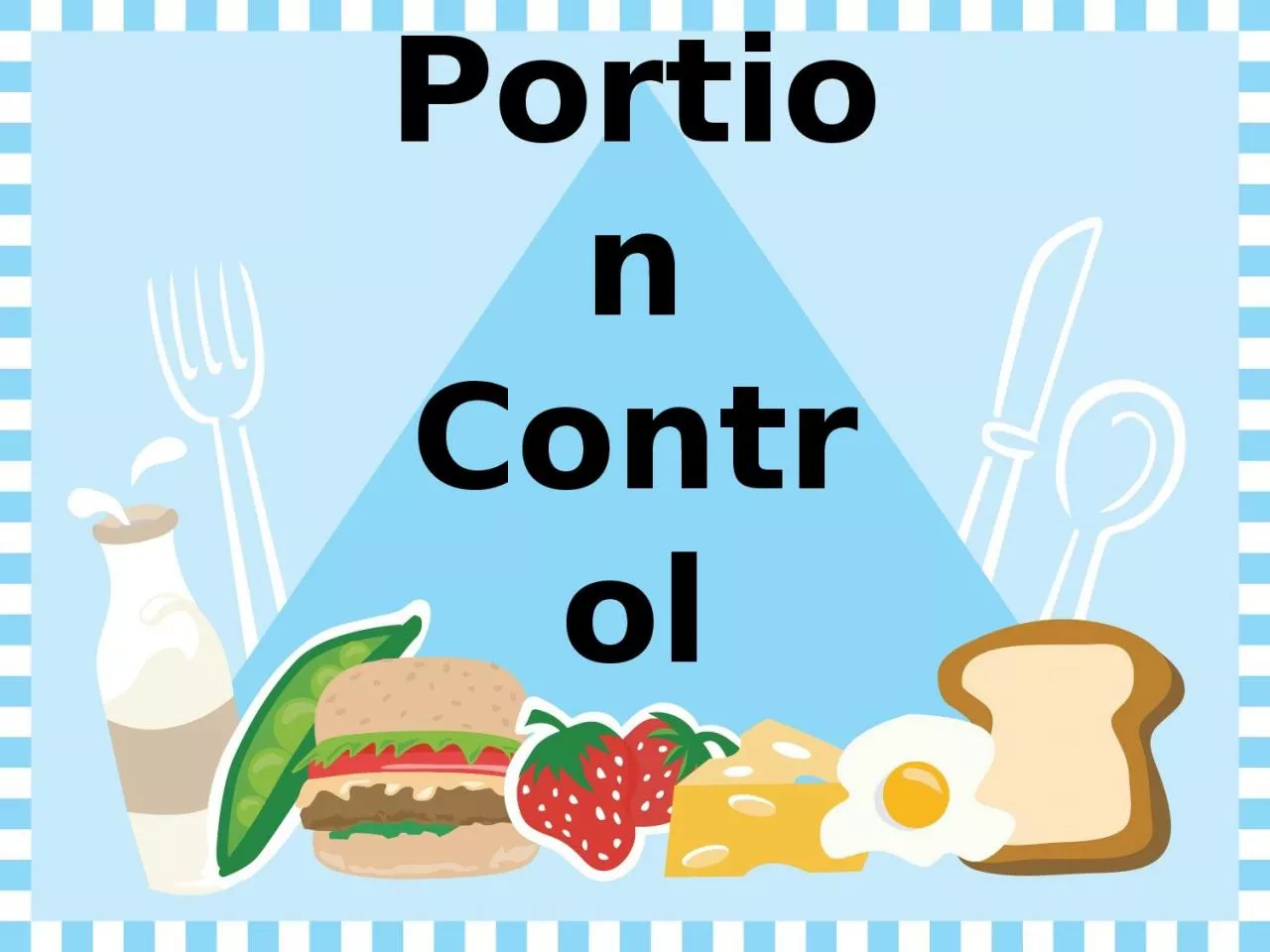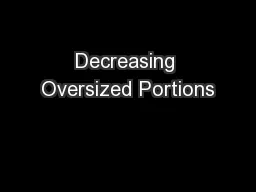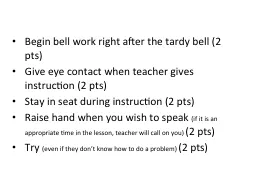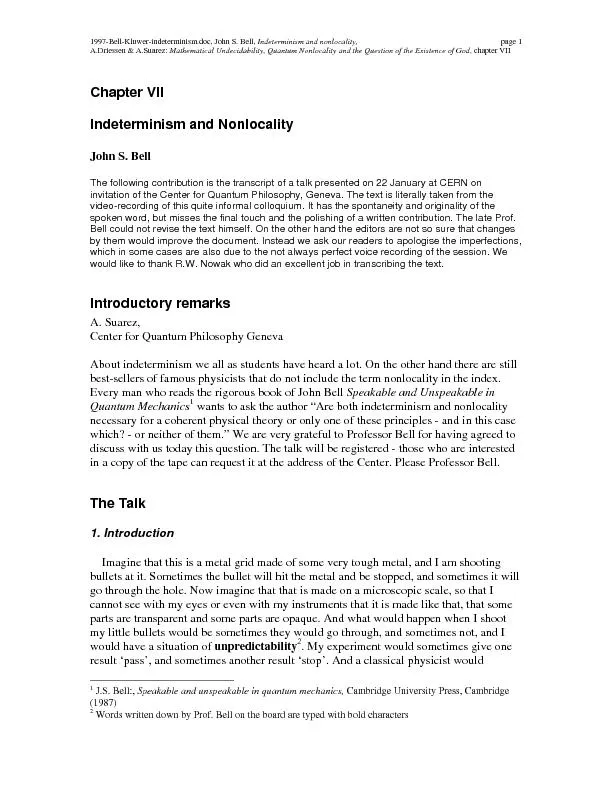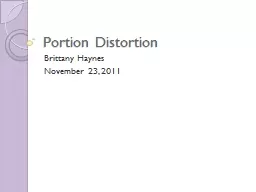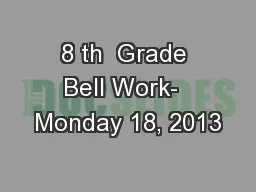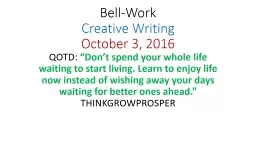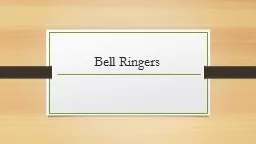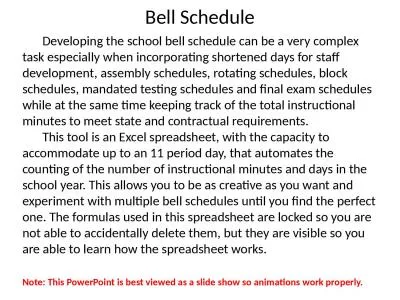PPT-Portion Control Bell Work
Author : melody | Published Date : 2023-06-23
Describe a typical meal What does your plate look like Is it colorful What takes up the most space What food groups are on there Video Why are we fat Fox News
Presentation Embed Code
Download Presentation
Download Presentation The PPT/PDF document "Portion Control Bell Work" is the property of its rightful owner. Permission is granted to download and print the materials on this website for personal, non-commercial use only, and to display it on your personal computer provided you do not modify the materials and that you retain all copyright notices contained in the materials. By downloading content from our website, you accept the terms of this agreement.
Portion Control Bell Work: Transcript
Download Rules Of Document
"Portion Control Bell Work"The content belongs to its owner. You may download and print it for personal use, without modification, and keep all copyright notices. By downloading, you agree to these terms.
Related Documents

